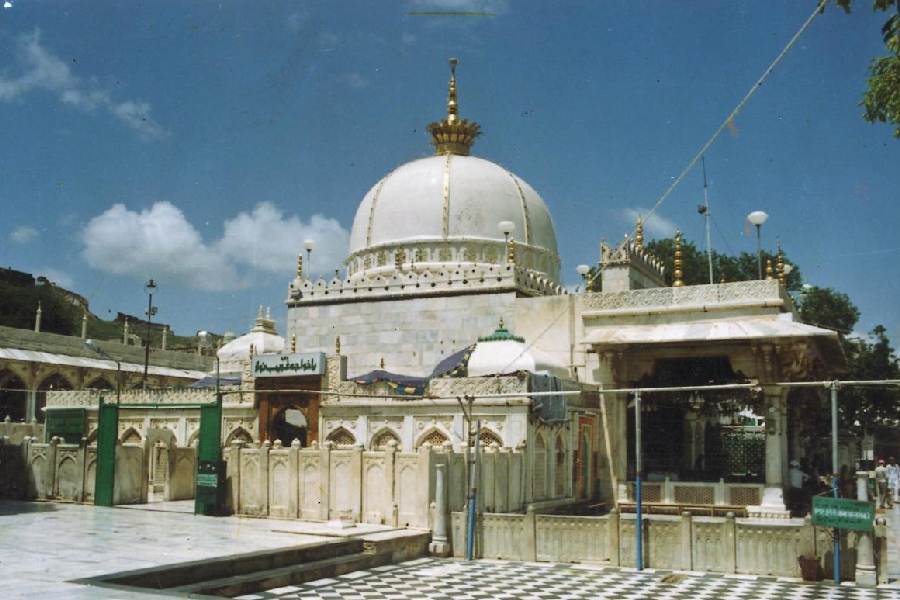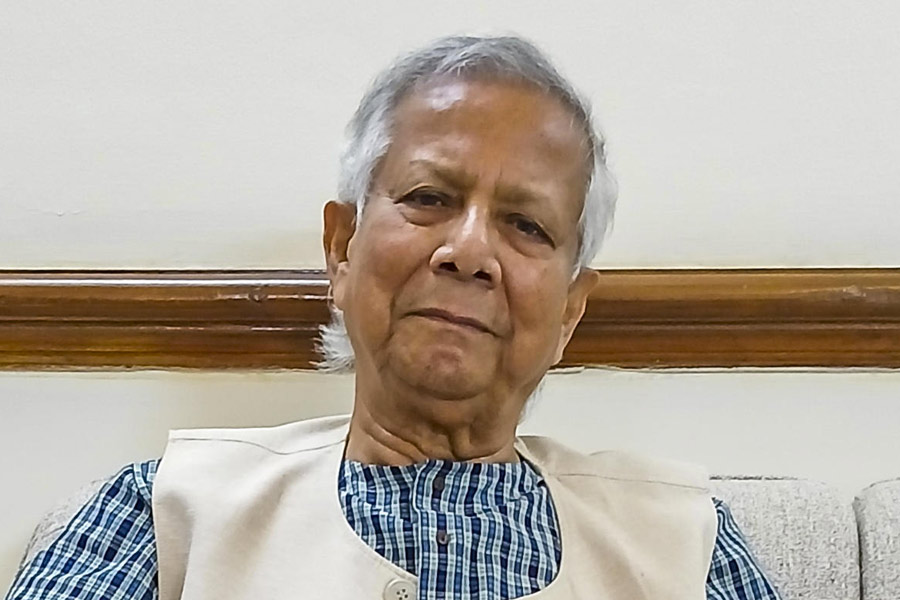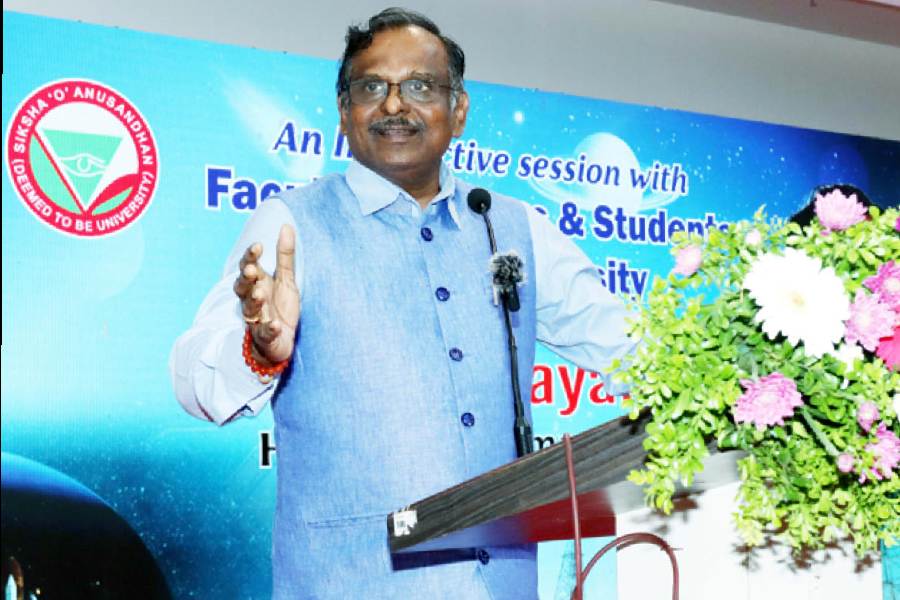 |
| Spinning glory: A weaver at a recent khadi mela in Morabadi, Ranchi |
Thanks to Mr Pranab Mukherejee, Jharkhand just bonded with Andhra Pradesh and renewed ties with Uttar Pradesh, Tamil Nadu, Assam and neighbouring Bengal.
For, the Union finance minister’s Budget announcement of a mega handloom cluster for Santhal Pargana and a weaver’s service centre for the state on Friday has given a much-needed shot in the arm for the state’s fast-growing silk industry.
The handloom cluster is coming up in Godda, where around 3,000 weavers have already made a mark in tussar silk work, courtesy Jharcraft, the state’s only successful government undertaking.
The other mega cluster will be set up in Andhra Pradesh for Prakasam and Guntur districts in addition to existing ones in Varanasi (Uttar Pradesh), Sivasagar (Assam), Virudhunagar (Tamil Nadu) and Murshidabad (Bengal).
The weavers’ service centre in the state — along with one each in Mizoram and Nagaland — will provide technical support to poor weavers till now dependent on a similar centre at Bhagalpur, Bihar.
A mega handloom cluster integrates the various components of production of silk, including technical support, value addition, supply of yarn, credit, market development, design, skill development and infrastructure.
Spinning off on the success of the state’s tussar silk, the 25,000-loom cluster based in Godda would cover the six Santhal Pargana districts.
“This will cost Rs 60 crore to Rs 70 crore with 90 per cent investment from the Centre. In three years we will be able to create a million jobs in the industry, from which people can earn Rs 6,000 to Rs 8,000 a month. The cluster, which we expect to be fully functional in five years, would generate revenue of roughly Rs 1,000 crore per year,” Jharcraft MD Dhirendra Kumar told The Telegraph.
With Jharkhand producing 1,225 tonne silk this year, its retail arm responsible for training and marketing, Jharcarft, had a turnover of Rs 100 crore.
The weavers’ service centre will help evolve more marketable products by encouraging interaction among experts in the fields of weaving, designing and processing. It will help weavers improve technique and use new accessories and appliances. It will also help arrange exhibitions, seminars and workshops.
Listing their success stories, Kumar said they had started improving weaving of tussar silk, tied up with NID, Ahmedabad, in 2007 and set up the Shahid Nirmal Mahto Silk Training Centre on a 5-acre plot at Bhagaiya in Godda.
“Today, this institute has helped upgrade skills of more than 3,000 weavers. We have already identified a 35-acre plot at Bhagaiya where the mega cluster will be located,” he added.
The mega cluster, once ready, would help the state meet changing market demands both at domestic and at international levels and improve living standards of weavers engaged in the handloom industry.
“With a production of around 1,000 tonne, we are the biggest national producer of tussar silk. We have set sights on the international market now. The idea is to organise more than 10 lakh villagers to produce 8,000 tonne tussar silk and turn Jharcraft into a Rs 1,000 crore company by 2017,” Kumar said.
Fifty thousand women’s self-help groups (SHGs) in Jharkhand are also set to gain from the budget. They will be able to avail of loans upto Rs 3 lakh at 7 per cent interest per annum from Nabard’s Women’s SHG Development Fund. If they repay on time they will enjoy a 3 per cent subvention, effectively reducing the interest rate to 4 per cent.
There’s more. The Budget proposed to continue with specific allocations towards a Scheduled Castes sub-plan (SCSP) and tribal sub-plan (TSP) in various ministries. The allocation for TSP in 2012-13 was Rs 21,710 crore, representing an increase of 17.6 per cent over 2011-12, while the allocation for SCSP was Rs 37,113 crore, an increase of 18 per cent over 2011-12.










